Architecture of Radio by Richard Vijgen

Link 1 2
Architecture of Radio by Richard Vijgen is an Augmented Reality app that visualizes ~the infosphere~ that is, the cell, Wi-Fi, and satellite signals flying invisibly around you. The concept of the project, the medium, and the interaction of use are intrinsically linked and make the other stronger. The concept is to make visible these otherwise invisible signals that allow our technology to work and talk to each other; the medium of using a screen as a window or frame then makes perfect sense as a lens to see the invisible (as a device, the tablet itself must feed off signals to work and also to sense them) and also reinforces the notion of this alternate invisible world; and the interaction encourages exploration as only a narrow field of view can be “illuminated” at one time. I appreciate this sort of restraint and unified nature of the project because it almost seems it could not exist another way – and it uses code in a way that is essential but does not call attention to itself or distract from the deeper concept.
The project was made using Three.js and Ionic Framework. At first I thought it used cell signal data actually being received by the tablet itself (which makes it really feel like magic), but it actually simply uses the GPS location to pull data on nearby cell towers from OpenCellID and satellite data from JPL. In a site-specific installation of the piece, Vijgen also incorporated wired communication infrastructure. Apart from these tools, he had to incorporate models to calculate the “shapes” of signal radiation based on the distance between the user and the transmitter. In that sense, Vijgen explains in interviews that it is more of a simulation – but I think the magic of it is that it prompts you to think and feel the same things as if you could see the actual radiations, and makes that feeling accessible.
Video demo of the app
There are many precedents for this line of thinking – especially with the accessibility of communications technology in the late 90s, artists like Dunne and Raby began speculating on what it meant to live with the invisible presence of technology in projects like Placebo Project (2001).
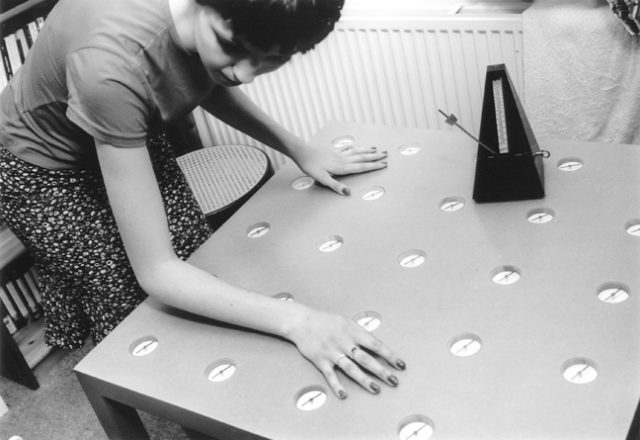
Reminds me of this BERG project https://vimeo.com/7022707 that visualizes the spatial qualities of RFID emitters simply using an RFID emitter and RFID probe linked to an LED. In a way, I think the RFID project is even stronger in that it uses the latent qualities of the technology to visualize itself – but from what I’ve seen it was more of a research exercise for the purpose of design, not an experiential art piece.


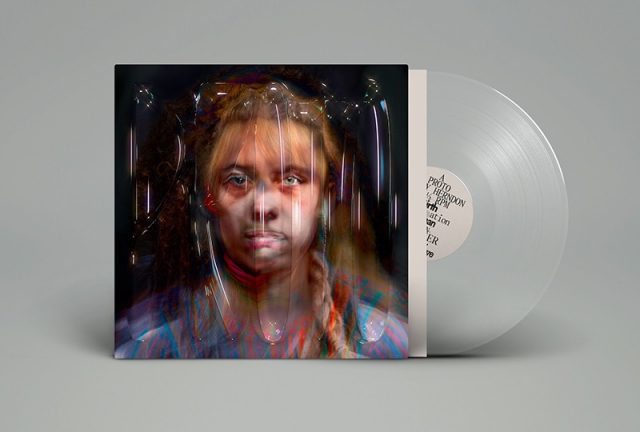


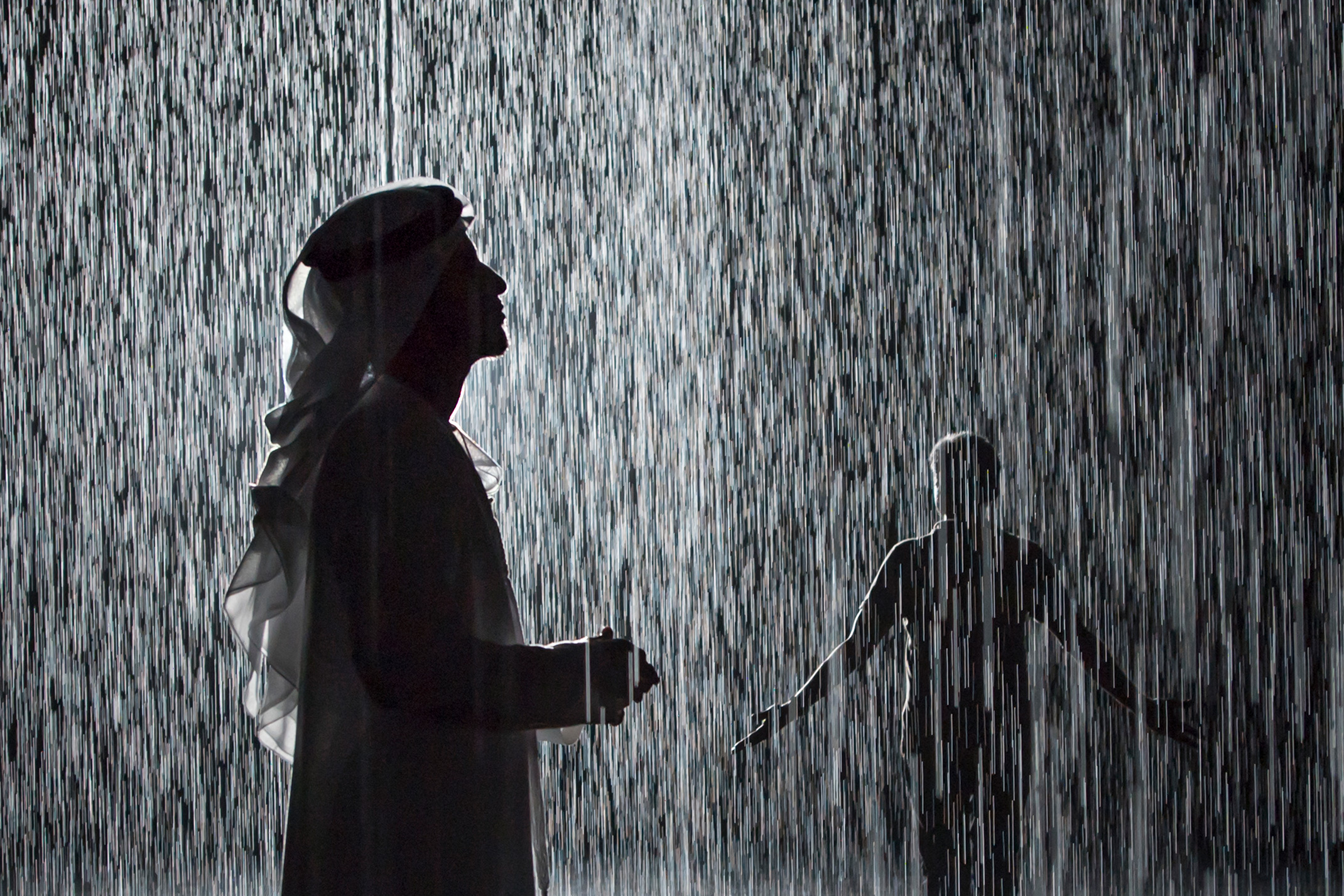
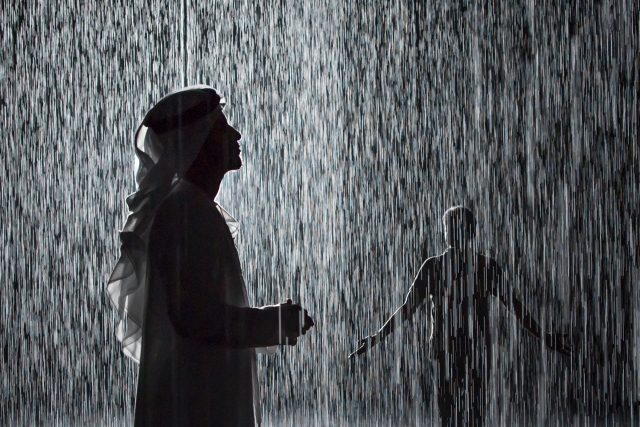
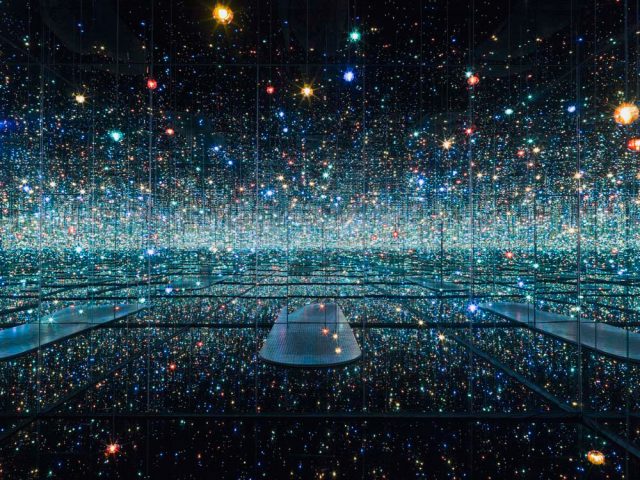


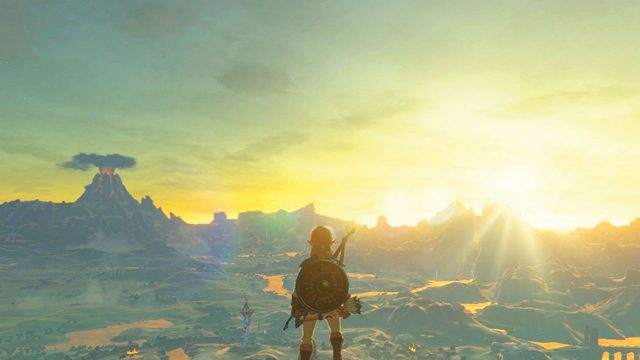 There were about 300 developers involved in the game, and it took around five years to develop (2012 – 2017). The developers used an in-house game engine and modified an already developed physics engine (Havok) for the game. The game’s director stated that it was inspired by Minecraft and Terraria, and the art style was inspired by plein air / gouache painting, as well as Studio Ghibli films. There is a sequel set for release (hopefully) sometime this year.
There were about 300 developers involved in the game, and it took around five years to develop (2012 – 2017). The developers used an in-house game engine and modified an already developed physics engine (Havok) for the game. The game’s director stated that it was inspired by Minecraft and Terraria, and the art style was inspired by plein air / gouache painting, as well as Studio Ghibli films. There is a sequel set for release (hopefully) sometime this year.